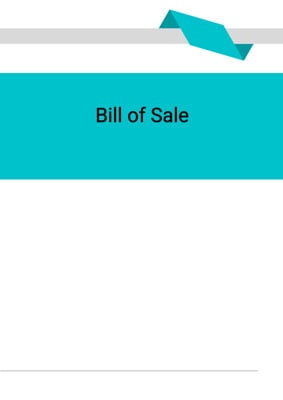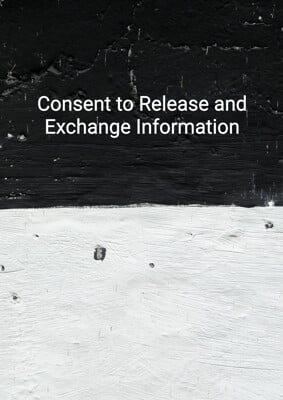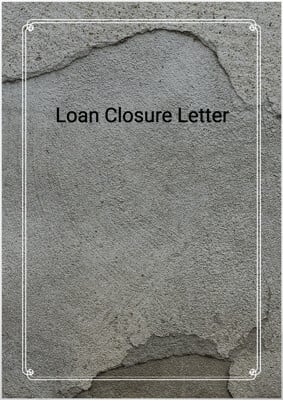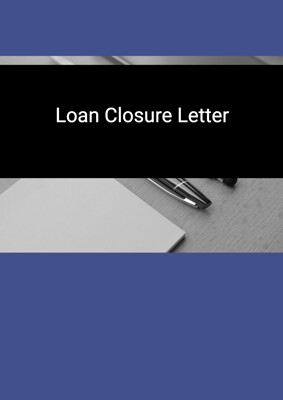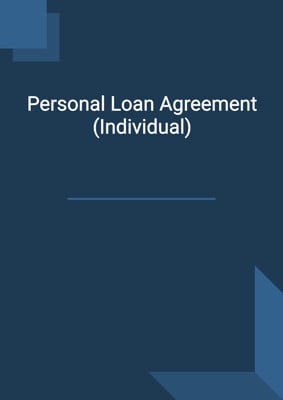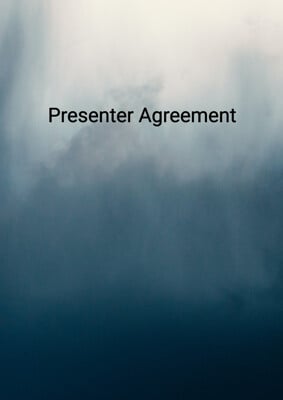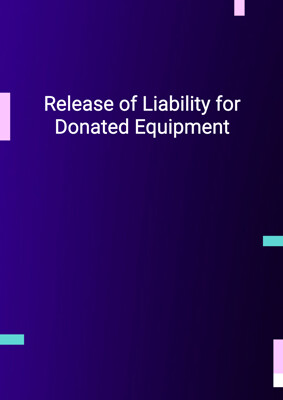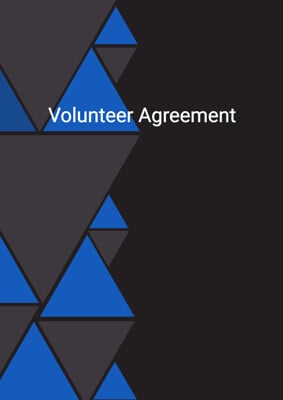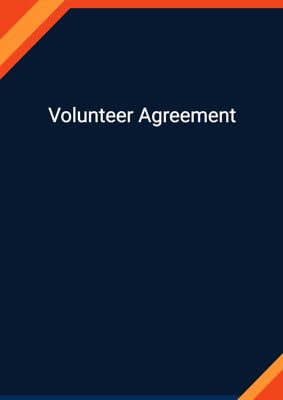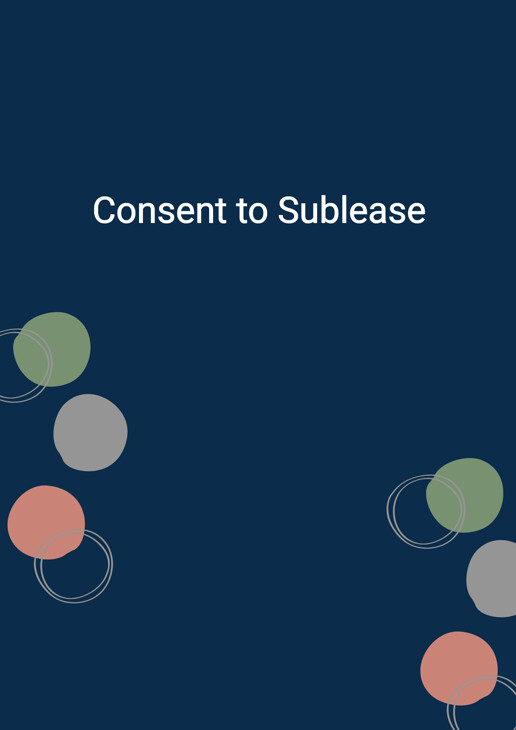
Consent to Sublease
Sublease
A Publicity Consent Waiver is a legal document that outlines an individual's agreement or permission for the use of their name, image, voice, likeness, or any other identifiable attributes in various forms of media and promotional materials. This document is commonly used by organizations, businesses, event organizers, photographers, filmmakers, and other entities seeking to capture and utilize an individual's presence for promotional or informational purposes.
How to Tailor the Document for Your Need?
01
Create Document
Fill in the details of the parties. You can click the "Fill with Member’s Information" button to complete it with information saved to your account.
02
Fill Information
Please fill in any additional information by following the step-by-step guide on the left hand side of the preview document and click the "Next" button.
03
Get Document
When you are done, click the "Get Document" button and you can download the document in Word or PDF format.
04
Review Document
Please get all parties to review the document carefully and make any final modifications to ensure that the details are correct before signing the document.
Document Preview
Document Description
The "Landlord's Consent to Sublease Agreement" is a crucial document that formally grants a tenant permission to sublease the property they are renting to a third party. This letter, drafted by the landlord, signifies approval for the tenant to proceed with the subleasing arrangement, acknowledging the transfer of occupancy rights while upholding the terms and conditions outlined in the original lease agreement.
In the letter, the landlord expresses trust in the tenant and their ability to responsibly manage the subleasing process. The document emphasizes the importance of the sublessee adhering to the same terms and obligations as outlined in the initial lease agreement. By providing consent, the landlord aims to ensure that the property continues to be maintained in accordance with their standards, safeguarding the overall well-being of the rental property.
The landlord retains the right to revoke consent if the sublessee violates the terms of the original lease agreement. This provision encourages the tenant to exercise due diligence in selecting a responsible and reliable sublessee. Additionally, the letter requests the tenant to share contact information for the sublessee, facilitating effective communication and record-keeping.
This document is particularly needed when a tenant wishes to sublease the property they are renting. Many lease agreements require tenants to obtain written consent from the landlord before subletting, making this letter a crucial step in the subleasing process. It serves as both a formal request from the tenant and an official acknowledgment from the landlord, establishing a transparent and legal framework for the sublease arrangement.
Ultimately, the "Landlord's Consent to Sublease Agreement" fosters clear communication between the landlord and tenant, promoting a cooperative relationship while ensuring the landlord's interests are protected. It is a vital tool in maintaining the integrity of the rental property and upholding the terms of the original lease agreement during a sublease.
How to Use this Document?
1. Request for Consent:
Begin by submitting a formal request to the landlord expressing your intent to sublease the property. Clearly communicate the details of the proposed sublease, including the sublessee's information and the duration of the arrangement.
2. Landlord's Review:
The landlord will review the sublease request and assess its compatibility with the terms and conditions outlined in the original lease agreement.
3. Drafting the Letter:
The landlord drafts the "Landlord's Consent to Sublease Agreement" letter, addressing the tenant by name and confirming consent for the sublease.
4. Including Terms and Conditions:
Ensure that the letter clearly states the expectations for the sublessee, emphasizing their responsibility to adhere to the terms and obligations outlined in the initial lease agreement.
5. Signature and Delivery:
If sending a physical letter, the landlord signs the document before delivering it to the tenant. If electronic communication is preferred, a scanned signature or digital signature may be used.
6. Tenant's Responsibility:
The tenant receives the letter and ensures that the sublessee is made aware of and agrees to comply with the terms outlined in the original lease agreement.
7. Record Keeping:
Both the landlord and tenant maintain a copy of the "Landlord's Consent to Sublease Agreement" for their records. This document serves as official approval for the sublease arrangement.
8. Ongoing Communication:
Throughout the sublease period, the tenant keeps the landlord informed of any changes, and the landlord remains engaged to address any concerns or issues that may arise.
Termination and Revocation:
The landlord retains the right to revoke consent if the sublessee violates the terms of the original lease agreement. In such cases, timely communication with all parties involved is crucial.
9. Completion of Sublease:
Upon completion of the sublease period, the tenant ensures a smooth transition and may need to update the landlord on the status of the property.
By following these steps, the "Landlord's Consent to Sublease Agreement" becomes an effective tool in facilitating a transparent and legally sound subleasing process.
Not the right document?
Don’t worry, we have thousands of documents for you to choose from:
